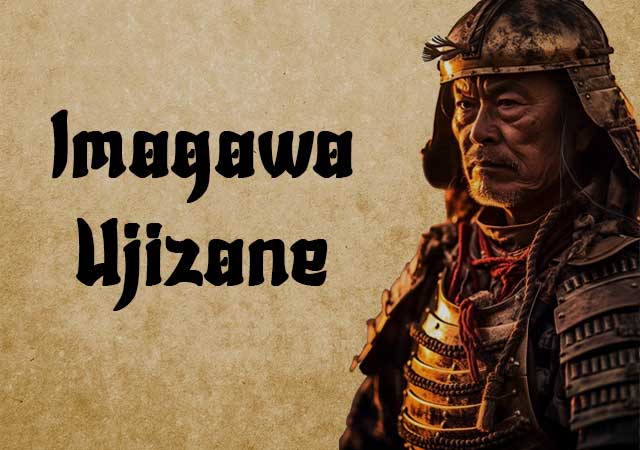
Imagawa Ujizane (1538 – January 27, 1615) was a Japanese daimyō who lived through the Sengoku and early Edo periods. He became the tenth head of the Imagawa clan, following in the footsteps of his father, Imagawa Yoshimoto. Ujizane was the father of Imagawa Norimochi and Shinagawa Takahisa.
Born in Sunpu Domain as the eldest son of Imagawa Yoshimoto, Ujizane’s childhood name was Tatsuomaru. In 1554, he strengthened political ties through his marriage to Lady Hayakawa, daughter of Hojo Ujiyasu, as part of the strategic Kai-Sagami-Suruga Alliance. He officially inherited leadership of the clan in 1558 when his father retired to focus on military campaigns in Tōtōmi and Mikawa Provinces.
However, in 1560, following his father’s death at the Battle of Okehazama, chaos erupted in Tōtōmi and Mikawa. Ujizane struggled to maintain control as many vassals defected. The situation worsened in 1568 when his grandmother, Jukei-ni, a key political figure in the clan, passed away. This loss opened the door for attacks from Takeda Shingen and Tokugawa Ieyasu.
In response, Ujizane attempted to retaliate against the Takeda clan by imposing a salt embargo, but this backfired when Uesugi Kenshin supplied salt to the Takeda, accelerating the Imagawa clan’s decline. That same year, Shingen invaded Suruga, swiftly capturing Sunpu Castle. Ujizane was forced to flee to Kakegawa Castle in Tōtōmi Province, but after his defeat at the 1569 Siege of Kakegawa, he allied with Tokugawa Ieyasu, hoping to regain control of Suruga.
Ujizane later met with Oda Nobunaga and Tokugawa Ieyasu at Sokoku-ji Temple in 1575, as recorded in the "Shincho Koki" (Account of Nobunaga). He also participated in the Battle of Nagashino against the Takeda clan. Eventually, the Imagawa family became retainers under the Tokugawa, with Ujizane holding the rank of kōke (master of ceremonies).
Despite the political turbulence, Ujizane was known for his refined interests in kemari (a traditional Japanese ball game) and poetry. He passed away peacefully at the family estate in Shinagawa in 1615.
See also
-
Honda Masazumi
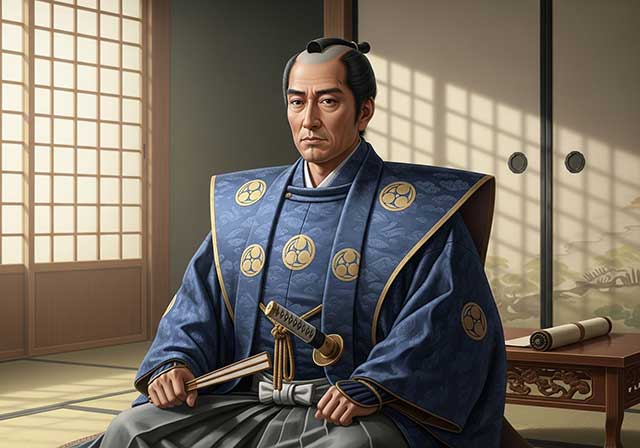
Masazumi was the eldest son of Honda Masanobu. From a young age, he served Tokugawa Ieyasu alongside his father, taking part in the affairs of the Tokugawa house and gradually gaining experience in both military and administrative matters. At the decisive Battle of Sekigahara in 1600, Masazumi was part of the core Tokugawa forces, a clear sign of the high level of trust Ieyasu placed in him. After the campaign ended, he was given a highly sensitive assignment—serving in the guard of the defeated Ishida Mitsunari, one of Tokugawa’s principal enemies—an obligation that required exceptional reliability and caution.
-
Hojo Shigetoki
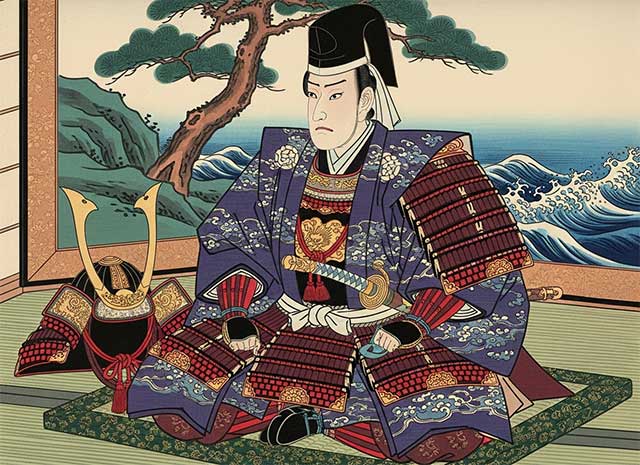
Hōjō Shigetoki, the third son of Hōjō Yoshitoki, was still very young—only five years old—when his grandfather Tokimasa became the first member of the Hōjō clan to assume the position of shogunal regent.
-
Hojo Masako

Masako was one of the most influential and powerful political figures of the era of military rule in Japan. She was the daughter of Hōjō Tokimasa and the wife of Minamoto no Yoritomo.
-
Hojo Soun

Hōjō Nagaudji was one of the prominent military commanders of the late Muromachi period. Thanks to a successful marriage alliance and skillful use of political intrigue, he managed to concentrate full power over the provinces of Suruga, Izu, and Sagami in his own hands. His origins remain unclear, but there is a possibility that he was connected to the Heiji clan of Ise Province, since early in his life he bore the name Ise Shinkurō.
-
Hirano Nagayasu
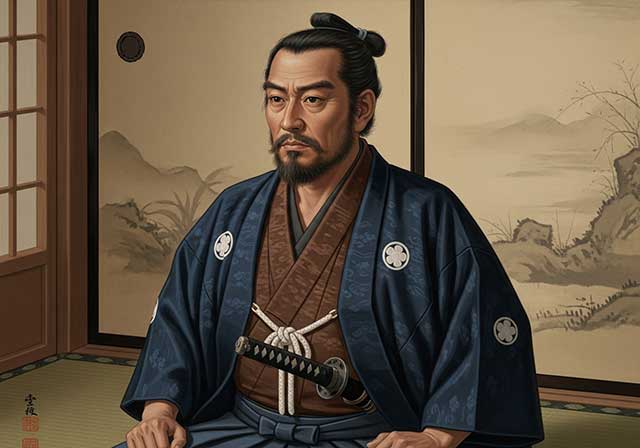
From an early age, Hirano Nagayasu was in the service of Toyotomi Hideyoshi, since Nagayasu’s father, Nagaharu, had faithfully served Hideyoshi during Hideyoshi’s own childhood. Thus, the connection between the Hirano family and the Toyotomi house was established long before Hideyoshi’s rise to power and took the form of hereditary vassal loyalty.
-
Hattori Hanzo

Hattori Hanzō, also known by the name Hattori Masanari, was the third son of Hattori Yasunaga, a samurai who served the Matsudaira clan. In his childhood he was called Tigachi Hanzō. His father held the highest rank in the shinobi hierarchy, that of jōnin, and Hanzō followed in his father’s footsteps, choosing the same path.
-
Hatano Hideharu
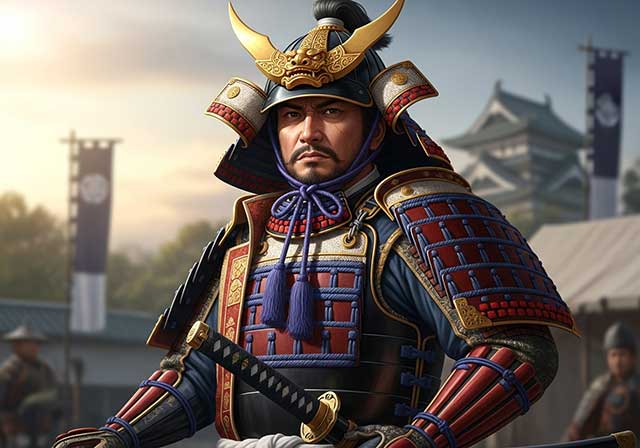
Hatano Hideharu was the eldest son of Hatano Harumichi, the head of the Hatano clan. However, in childhood he was adopted by his uncle, Hatano Motohide, and was therefore formally regarded as Motohide’s heir. From the time of Hideharu’s grandfather, Hatano Tanemichi, the Hatano clan had been a vassal of the powerful Miyoshi house, which exerted considerable influence over the Ashikaga shoguns and effectively shaped the political situation in the region. Early in his career, Hideharu served Miyoshi Nagayoshi and, judging by surviving records, held a fairly high position within his lord’s hierarchy, as he was among the select group invited to the enthronement ceremony of Emperor Ōgimachi in 1557.
-
Fukushima Masanori
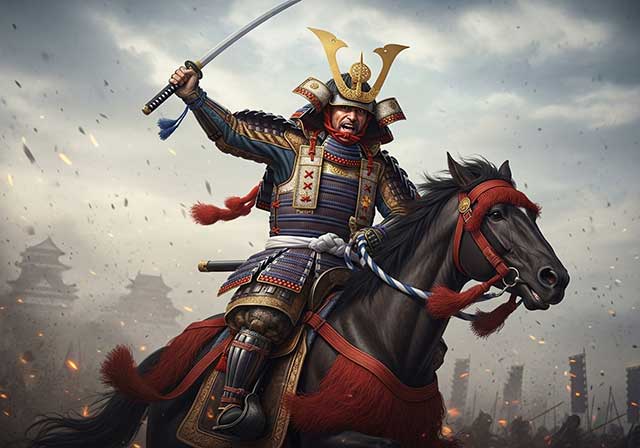
Fukushima Masanori, a samurai from Owari Province, served Toyotomi Hideyoshi and took part in the Battle of Shizugatake, where he distinguished himself so conspicuously that he was awarded the honorary title of one of the “Seven Spears of Shizugatake,” meaning the warriors who had shown the greatest valor in the battle. As a reward for his courage and martial prowess, he was granted land producing an income of 5,000 koku of rice.

